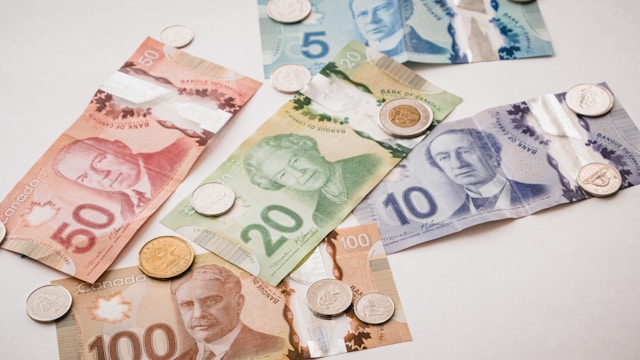Canada, the rich-poor gap is growing ever larger
TORONTO – The gap between rich and poor is still growing: according to a study by TD BANK, last year the difference between the highest and lowest incomes was the widest since 2015, as wealthy families saw their assets grow much faster than that of low-income Canadians.
Although Canadian household net worth rebounded to 4.5% in 2023, from a decline of 6.5% in 2022, the related gains were not distributed across income levels but, according to the report, “higher-income households benefited relatively more due to their larger holdings of financial assets, which were the main wealth drivers last year” Maria Solovieva, an economist at TD BANK, said in her report, according to The Canadian Press.
Household income in the highest category averaged $197,909 in 2023, up 6% from the previous year. Meanwhile, low- and middle-income families have experienced stagnant growth or, worse, decline. In fact, the report shows that last year low-income families recorded an increase of 0.3% with an average annual income of $31,518, while middle-income families recorded a decrease of 0.3% with an average income annual of $59,178. Furthermore, the decline in real estate assets has affected middle- and low-income families, with the increase in mortgage debt. Middle-income families have become more indebted than before the pandemic years as mortgage renewals and debt fees have increased amid high interest rates.
As a result, middle- and low-income families have had to reduce discretionary spending: furniture, household equipment, recreational activities. The cuts were significant among low-income families, the report suggests.
Inflation, meanwhile, has pushed these families to dip into their savings to make ends meet, causing a direct implication on future spending as these families will have fewer resources to fall back on, the report further states. Therefore, the situation is destined to worsen because low-income groups will continue to run out of resources in the coming years and will be forced to make increasingly difficult economic choices, slowing down their spending.
“This will create a drag on spending” in general, according to Solovieva. It will be the spending of the high-earning group, therefore, that will keep the economy moving, continuing to hold purchasing power, since middle- and low-income families will continue to spend increasingly conservatively, which means that consumer spending by higher income earners will play a critical role in keeping the overall economy alive.



